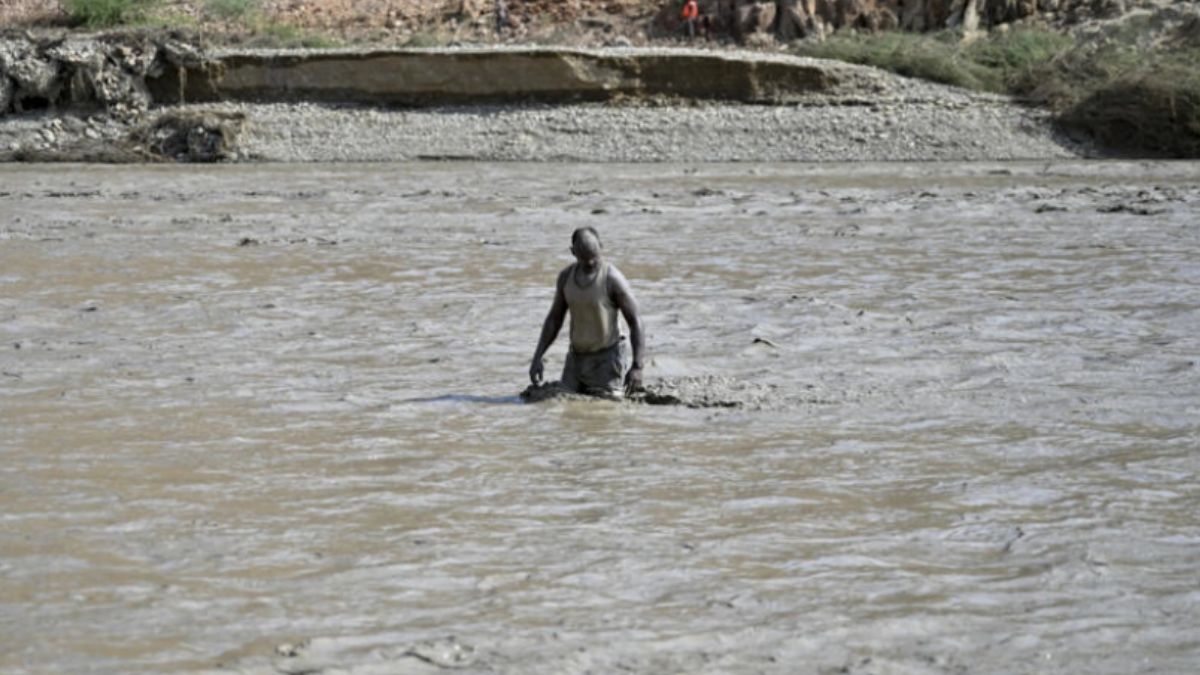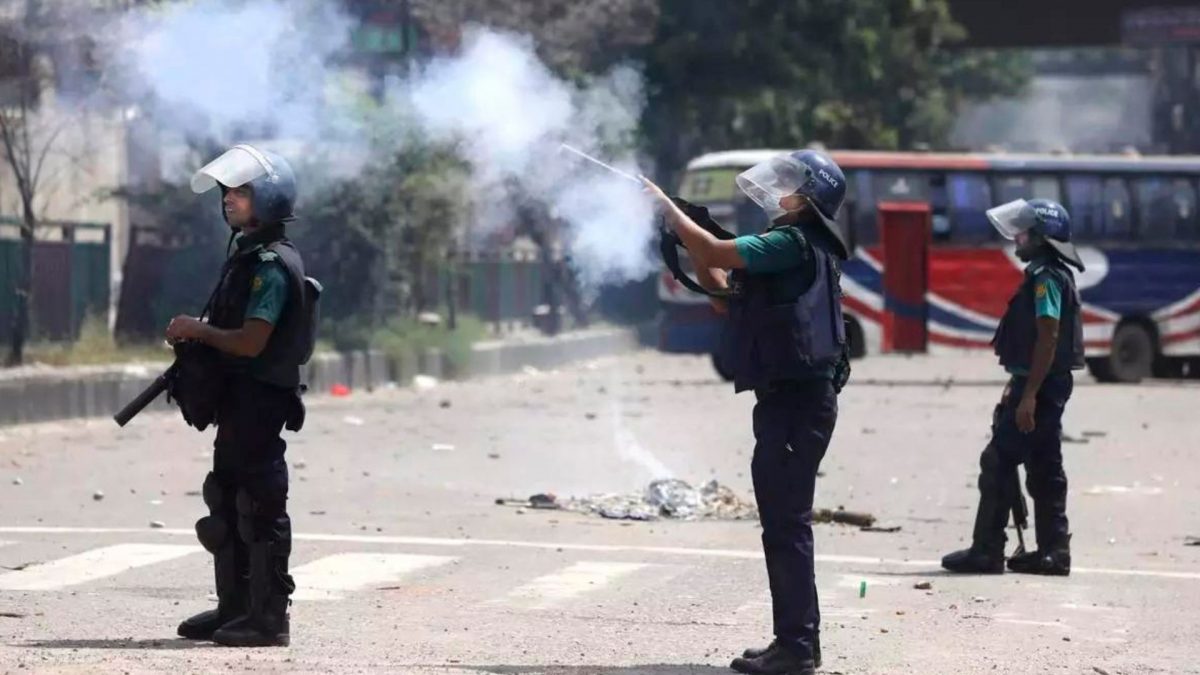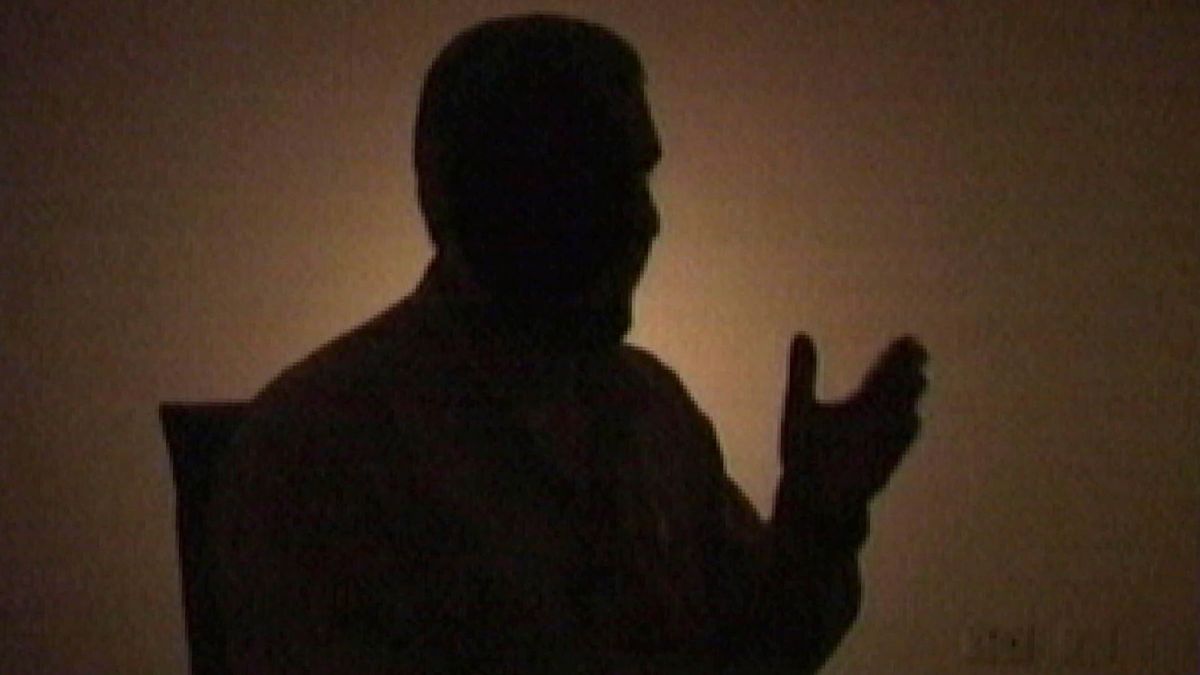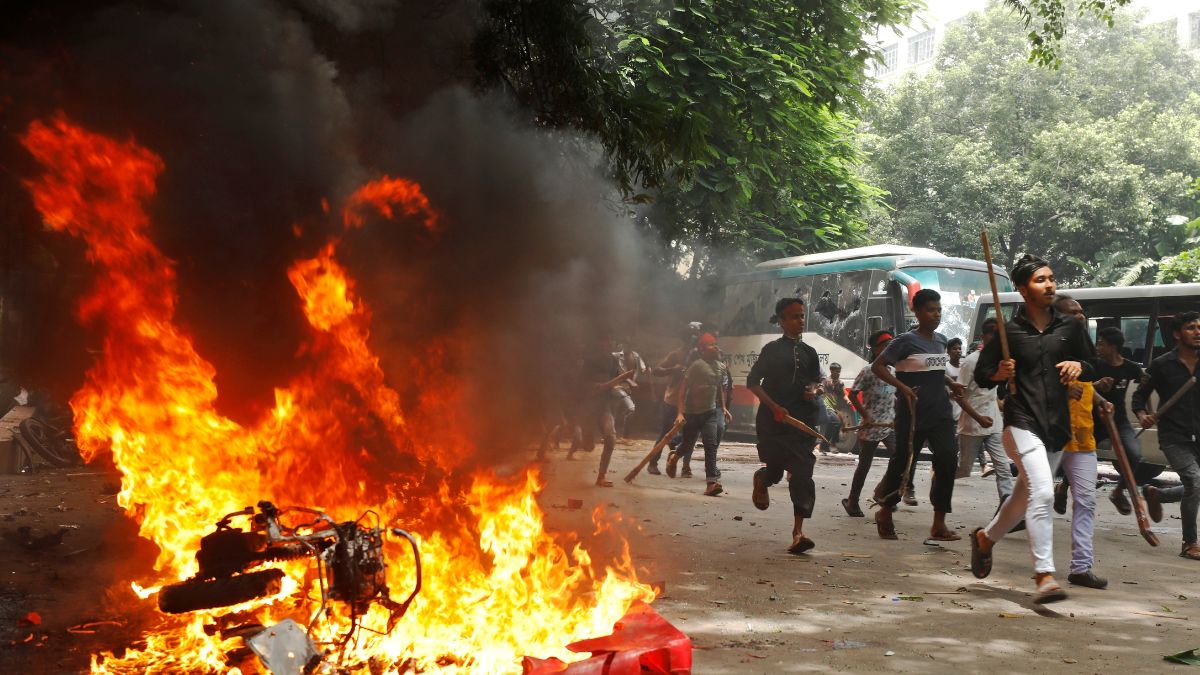On October 5, a 4.6 magnitude earthquake shook Iran’s Semnan province, sparking speculation about whether the tremor was natural or the result of a secret nuclear test. With tensions between Iran and Israel at an all-time high, the timing and proximity of the shake to Iran’s nuclear facilities have fuelled rumours online read more
)
An aerial view shows a nuclear facility in Isfahan, Iran, March 30, 2005, in this screengrab taken from video. File Image/Reuters
On the evening of October 5, 2024, a magnitude 4.6 earthquake struck Iran, 44 kilometres southwest of Semnan, at a depth of 10 kilometres, according to the European-Mediterranean Seismological Centre (EMSC).
The tremors, felt as far as Tehran, approximately 110 kilometres away, came at 10:45 pm local time.
Shortly after, a second, weaker tremor was reported in Israel, sparking widespread speculation on social media, questioning whether the seismic activity was indeed an earthquake or something far more sinister like a covert nuclear test.
What happened?
The region of Semnan, where the earthquake occurred, is notable for its proximity to Iran’s key nuclear facilities, which immediately fuelled rumours of a secret nuclear test.
#Earthquake (#زلزله) confirmed by seismic data.⚠Preliminary info: M4.6 || 44 km SW of #Semnān (#Iran) || 19 min ago (local time 22:45:40). Follow the thread for the updates👇 pic.twitter.com/0VnZxdlgHX
— EMSC (@LastQuake) October 5, 2024Social media platforms exploded with theories, with one X (formerly Twitter) user writing, “Iran has gone nuclear since last night. They used the test bombs 10 km below the surface near Semnan to ensure minimum radiation exposure and it resulted in a 4.6 scale earthquake which was recorded by seismographs.”
Another speculated, “That Iranian earthquake really scared Israel. They’re blubbering on whether they’ll attack Iran. Looks like the secret is having nukes. No country will mess with a nuclear power.”
The timing of the earthquake, in the context of escalating tensions between Iran and Israel, lent weight to these suspicions. Iran had recently launched around 400 missiles into Israel on October 1, following a series of high-profile killings of Hezbollah and Hamas leaders.
With Hamas launching attacks on Israel on October 7, 2023, and Israel’s retaliatory strikes killing over 42,000 Palestinians in Gaza, the volatile political situation provided fertile ground for speculation about Iran’s nuclear ambitions.
How is nuclear testing and seismic activity linked?
Underground nuclear detonations can produce seismic activity similar to earthquakes, but there are key differences. Iran’s nuclear sites, such as Natanz, are located deep underground, and the relatively shallow depth of this earthquake raised questions.
While the earthquake’s shallow depth of 10 kilometres is consistent with natural seismic events, it is also close enough to what would be expected from an underground explosion.
However, conducting an underground nuclear test without causing surface disruption is an extremely complex process. The magnitude of 4.6, though significant, does not definitively point to a nuclear detonation.
It is important to differentiate between natural seismic activity and nuclear tests. Although rumours have circulated, no concrete evidence supports the claim that the tremor was caused by a nuclear event.
The fact remains that Iran has long been accused of advancing its nuclear programme by Western nations.
Is Iran nuclear-capable?
Iran’s nuclear capability has long been a point of contention on the global stage. In a December 2023 statement, the United States and its European allies condemned Iran for expanding its production of 60 per cent enriched uranium, just a step away from the 90 per cent needed for weaponisation.
Although Iran denies its nuclear programme is military in nature, experts estimate that it could produce enough weapon-grade uranium for a nuclear bomb in less than a week.
“If the regime’s leadership decided to build nuclear weapons, it would only take a matter of weeks to have enough fissile material,” said a nuclear weapons expert from the Institute for Science and International Security in a January article.
The path to weaponisation, which includes theoretical calculations, simulations, and testing of the various components, is believed to be nearly complete. As of now, Iran is capable of producing up to 12 nuclear warheads within five months if it chooses to expedite its efforts.
However, achieving a deliverable nuclear weapon requires additional work. Although Iran possesses delivery systems such as missiles, the final steps in weaponisation, such as producing a warhead capable of fitting onto a missile, remain a challenge.
Still, the risk of Iran conducting an underground nuclear test to signal its entry into the nuclear club looms large. Iran’s ability to gather fissile material has progressed to the point that a crude nuclear weapon could be developed within months.
What does the current scenario tell us?
The earthquake, whether natural or not, occurred amidst rising hostilities between Israel and Iran-backed groups such as Hezbollah and Hamas. Since the October 7 Hamas attack, Israel’s military response has been unrelenting.
Over 42,000 Palestinians have been killed in Gaza, while Israeli strikes in southern Lebanon have claimed the lives of 2,000 individuals, displacing thousands more.
On October 8, 2024, Hezbollah responded by launching 130 rockets into Israeli territory, particularly targeting the city of Haifa. The airstrikes, combined with retaliatory attacks, have put the region on edge, with many fearing a larger conflict is on the horizon.
“Iran’s nuclear ambitions are no longer just a matter of speculation, but a growing reality we may have to contend with very soon,” said former Israeli Prime Minister Ehud Barak. He also warned that a military strike on Iran’s nuclear facilities may have limited effectiveness. “Iran’s nuclear programme is far too advanced for a strike to set it back significantly,” he noted.
What’s the final verdict? Tremor or Test?
While the October 5 earthquake bears some characteristics that suggest a possible underground nuclear test, the available evidence remains inconclusive.
Iran’s known nuclear sites are fortified underground, and the shallow depth of the earthquake is curious but not definitive proof of a nuclear explosion.
Even though the International Atomic Energy Agency (IAEA) continues its monitoring efforts, Iran’s growing uranium enrichment levels, combined with its missile capabilities, are intensifying concerns that a nuclear-armed Iran may soon become a reality.
Given Iran’s progress, it’s no longer a question of if, but when, Tehran might reveal its nuclear hand.
With inputs from agencies

 1 month ago
9
1 month ago
9
)
)
)
)
)
)
)
)
)
)
)
)
)
)
)
)
)
)
)
)
)
)
)
)
)
 English (US) ·
English (US) ·